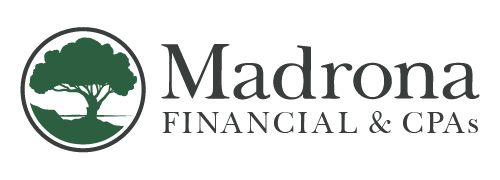
While I believe God Loves and Cares For Imperfect People, the first letters of this affirmation are also an important acronym (GLCFIP) that helps investors make sure they are covering all of their bases in financial planning.
G: Growth of assets. Every advisor must have a client perform a financial risk tolerance survey for compliance purposes. Once you have done a proper assessment of your personal risk tolerance, there will likely be a percentage of your assets that you wish to allocate to growth. Typical assets in the “growth” category are stocks, real estate and variable annuities. Often this is somewhat determined by your age. A 25-year-old investing in his company 401(k) is likely to put more in growth type assets (typically stock market) than would a 75-year-old.
L: Liquidity. Everybody needs to have some level of liquidity. Loss of job, new roof, unexpected car repair, trip to Europe, regular monthly expenses, these all require cash type liquidity.
Typical liquid assets include checking and savings accounts, stock and bonds, but not bank CDs, due to their early withdrawal penalties. Stocks and bonds are considered liquid if they are not held in retirement accounts. They are not as liquid as cash, but easily converted to cash in about a week if you need it.
Another form of liquidity is the unused line of credit. For those needing quick cash, these can be used immediately, where plans to pay them off can be made shortly thereafter.
CF: Cash Flow. Some people have assets, but very little in cash flow. For example, there was a couple that had very little to spend on a monthly basis. The husband died and the wife was left with a poorly maintained house and lots of money worries. She came to me, and imagine how easy my planning for her became upon finding out her husband had amassed over $15 million in raw land!
Problem was, until she sold something, she still couldn’t afford Christmas presents for the grandkids. A balance between growth assets and cash flow needed to be struck. Investors can generally find cash flow using company pensions, annuities with guaranteed lifetime cash flow, paid-off rental properties and Social Security.

I: Inflation. I am barely over 50 years old, but I can still remember 10-cent candy bars and soda pop. I also remember my parents new four-bedroom house on two acres purchased for a whopping $39,000 in 1972. I remember candy cigarettes, flopping around in the open bed of pickup trucks with my brothers, and crossing Interstate 5 on my bicycle, but that’s another story.
People are living longer now. When Social Security was created, the average life expectancy was only about 67. Today, for a couple age 62, there is about a one in two chance that one of them will live to be 92. That’s 30 years! Inflation must be accounted for in today’s retirement planning.
People often neglect to consider spending inflation when planning for retirement. It’s critical that you do so. When my dad retired from teaching school nearly 30 years ago, $18,000 annually for life seemed like a fortune. But since there were no cost of living increases in his pension he had to get a part-time job in his later years to keep his standard of living.
P: Protection. Protected assets generally include cash accounts, Bank CDs, fixed annuities, and fixed-index annuities (both with caps and uncapped). Protection is another cyclical topic. I remember when I was 13 years old and I didn’t want to take any risk with my hard-earned berry picking money (I still remember earning 12% in my bank savings account). Then I became an entrepreneur and I couldn’t even spell the word risk. Now that I’m consulting with so many retirement-age people, protection of principal is really their strongest desire.
Who wants to take the risk of being forced to take a job in their 70’s due to investment mistakes in their 60’s? Unfortunately, many people suffered great financial misfortune in the two market crashes over the last 15 years. Protection of principal is a paramount financial objective for pre- or post-retirement individuals.

